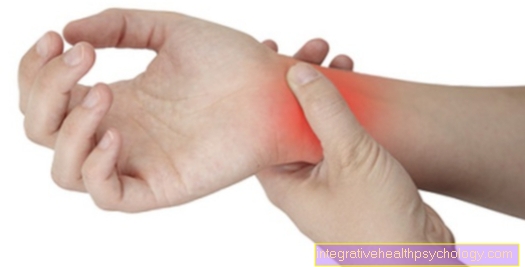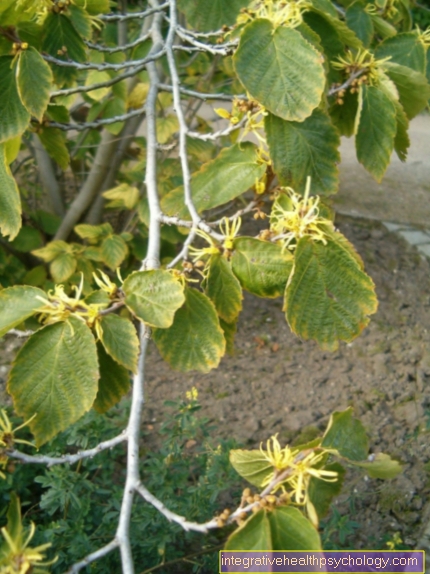Khella (Ammi visnaga)
Umbelliferous plants
Common names
Bishop's herb, ammel, toothpick herb.
Plant description
Its homeland is the Mediterranean, the plant was already known to the Egyptians as a medicinal plant, in the Middle Ages the bishop's herb was known as dehydrating drug, it was then forgotten. Meanwhile, khella is being grown again in Europe and America.
Khella is a bare, upright herb and can grow up to 80 cm tall. Finely divided leaves sit on the stems. The white, small flowers grow in clustered umbels. All in all, Khella is similar to our fennel herb, but the stems are stronger. Egg-shaped fruits are formed.
In the Orient, the umbellate rays, which are very hard when ripe and taste pleasantly spicy, were used to make toothpicks, hence the name Toothpick weed. The whole plant is aromatic and exudes resin in the area of the umbels.
Plant parts used medicinally
The fruits
Medicinal effect and application
The drug works antispasmodic, promotes blood flow to the heart muscle, has an antihypertensive effect. The antispasmodic effect on smooth muscles also enables one Relief for spastic bronchitis and asthma. In addition, the weak dehydrating effect should be mentioned.
The main active ingredient khellin is used in isolation and is found as a component of finished medicinal products. However, the other ingredients also support the effect and complement each other in an ideal way - as is often found in herbal preparations.
Side effects
Side effects can occur with an overdose. These are nausea, dizziness, and circulatory collapse.





























